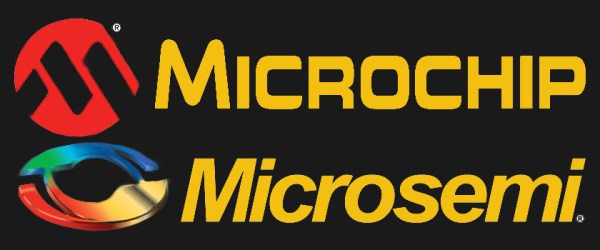If you want to talk about RISC-V, the Open Source instruction set for CPUs, you’re probably talking about microcontrollers. You can buy small but powerful RISC-V micros on par with an ARM Cortex-M4 right now. Deep in the pipeline are cores for something resembling SoCs, the kind you’d find in desktop NAS solutions, maybe a few routers, and smart TVs. This is great and all, but our idea of a ‘computer’ is still a desktop. When is the Open instruction set desktop coming? Well, it’s here right now. [Andrew Back] built a RISC-V desktop computer. It runs Linux, it comes in a case, it has HDMI and USB, there’s a graphics card in there somewhere, and it works. This is a desktop, running with a RISC-V core.
The core of this build is the HiFive Unleashed, a Linux-capable board from SiFive, makers of the first (production) RISC-V microcontroller. This board uses the Freedom U540 SOC built with a 28nm process, has 8GB of DDR4, and 32MB of Flash. For a board built on an Open archetecuture this is impressive, but it comes at a cost: the HiFive Unleashed ran for $1000 during its crowdfunding campaign.
But a board with an Open CPU does not a desktop make. You need peripheral IO, maybe a few PCIe, and hopefully a SATA interface. This problem has been solved by Microsemi with an Expansion board for the HiFive Unleashed. It includes a big ‘ol FPGA and all the connectors you could use. It also costs $2000.
With most of the parts ready to go, a few buttons, M.2 PCIe and SATA SSD storage, a graphics card, and a nice acrylic case were added. Thanks to Western Digital, building Linux was as easy as building Linux, and you end up with a desktop computer with a RISC-V brain.
Compared to a bog-standard ‘gaming machine’, this is an expensive build. The quick and dirty ballpark for the price is somewhere around $4000 USD for a machine that will let you check your Facebook. There’s a video of the machine running, you can check that out below.












